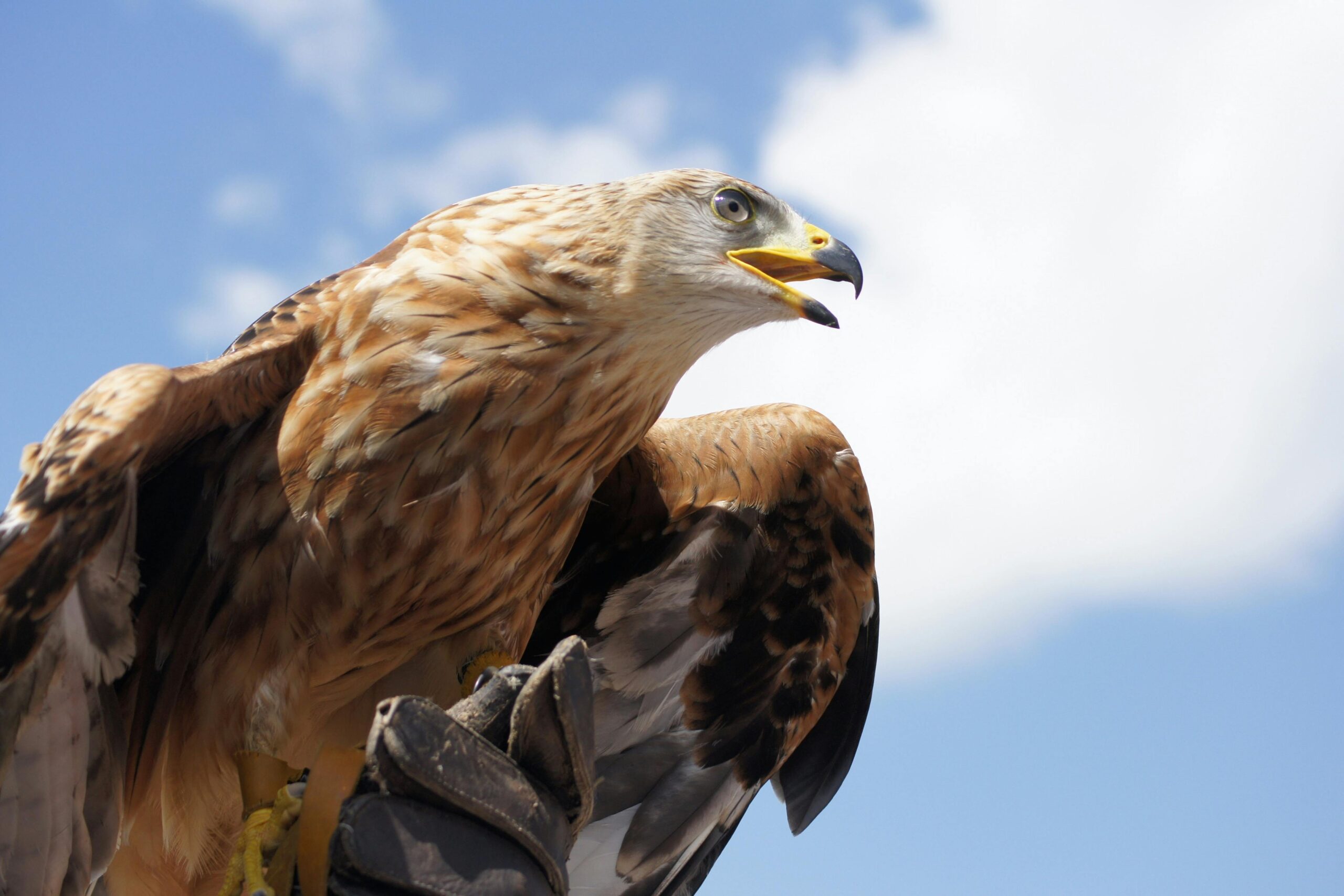Golden eagles are known to be opportunistic predators, feeding on a wide range of prey. While red foxes are not among the most common prey species for golden eagles in Norway, they are known to be part of their diet to a varied degree. However, due to the size and weight of an adult fox, it is unlikely that a golden eagle can fly off with a live adult fox from an enclosure, as their maximum lifting capacity is approximately half their own body mass, which is around 3.5-5 kg.
Can Golden Eagles Carry Off Live Foxes?
There have been reported incidents of golden eagles taking off with dead foxes, which were likely used as bait by photographers. In one such incident, a golden eagle was observed flying away with an adult fox in Norway. This suggests that while it may be rare, golden eagles are capable of carrying off a dead fox, especially if the fox is smaller or lighter than usual.
It is important to note that golden eagles can pose a threat to captive breeding stations and surrounding free-ranging populations of animals, including foxes. Therefore, measures should be taken to protect these animals from potential predation by golden eagles.
Factors Affecting Golden Eagles’ Ability to Prey on Foxes
The ability of golden eagles to prey on foxes is influenced by several factors:
-
Size and Weight: As mentioned earlier, the maximum lifting capacity of a golden eagle is around half its own body mass, which is typically 3.5-5 kg. This means that an adult fox, which can weigh up to 7-8 kg, may be too heavy for a golden eagle to carry off.
-
Hunting Technique: Golden eagles are known to use a variety of hunting techniques, including soaring, gliding, and stooping (diving) to catch their prey. When hunting foxes, they may rely on their powerful talons and beak to subdue the animal, rather than attempting to lift it off the ground.
-
Availability of Prey: The diet of golden eagles can vary depending on the availability of different prey species in their habitat. In areas where other small to medium-sized mammals are abundant, golden eagles may not need to rely as heavily on foxes as a food source.
-
Habitat and Behavior: The behavior and habitat preferences of both golden eagles and foxes can also play a role in their interactions. For example, golden eagles may be more likely to encounter and prey on foxes in open or semi-open habitats, where they can more easily spot and attack their prey.
Protecting Captive and Free-Ranging Foxes from Golden Eagles
Given the potential threat that golden eagles pose to captive breeding stations and free-ranging fox populations, it is crucial to take measures to protect these animals. Some strategies that can be employed include:
-
Habitat Management: Ensuring that captive breeding enclosures and surrounding areas provide adequate cover and hiding places for foxes can help reduce their vulnerability to golden eagle predation.
-
Deterrents: The use of visual or auditory deterrents, such as scarecrows, flags, or noise-making devices, can help discourage golden eagles from targeting captive or free-ranging foxes.
-
Monitoring and Intervention: Regular monitoring of captive and free-ranging fox populations, as well as prompt intervention in the event of a golden eagle attack, can help mitigate the impact of predation.
-
Collaboration with Researchers: Partnering with wildlife biologists and conservation organizations can provide valuable insights and guidance on effective strategies for protecting foxes from golden eagle predation.
Conclusion
While golden eagles are known to include foxes in their diverse diet, the likelihood of a golden eagle successfully carrying off a live adult fox is relatively low due to the size and weight limitations of the eagle. However, there have been reported incidents of golden eagles taking off with dead foxes, suggesting that they are capable of scavenging and carrying off smaller or lighter individuals.
To protect captive and free-ranging fox populations from potential golden eagle predation, it is essential to implement appropriate habitat management strategies, utilize deterrents, and maintain close monitoring and intervention efforts. By working collaboratively with researchers and conservation organizations, we can better understand and mitigate the interactions between golden eagles and foxes, ensuring the well-being of both species.



